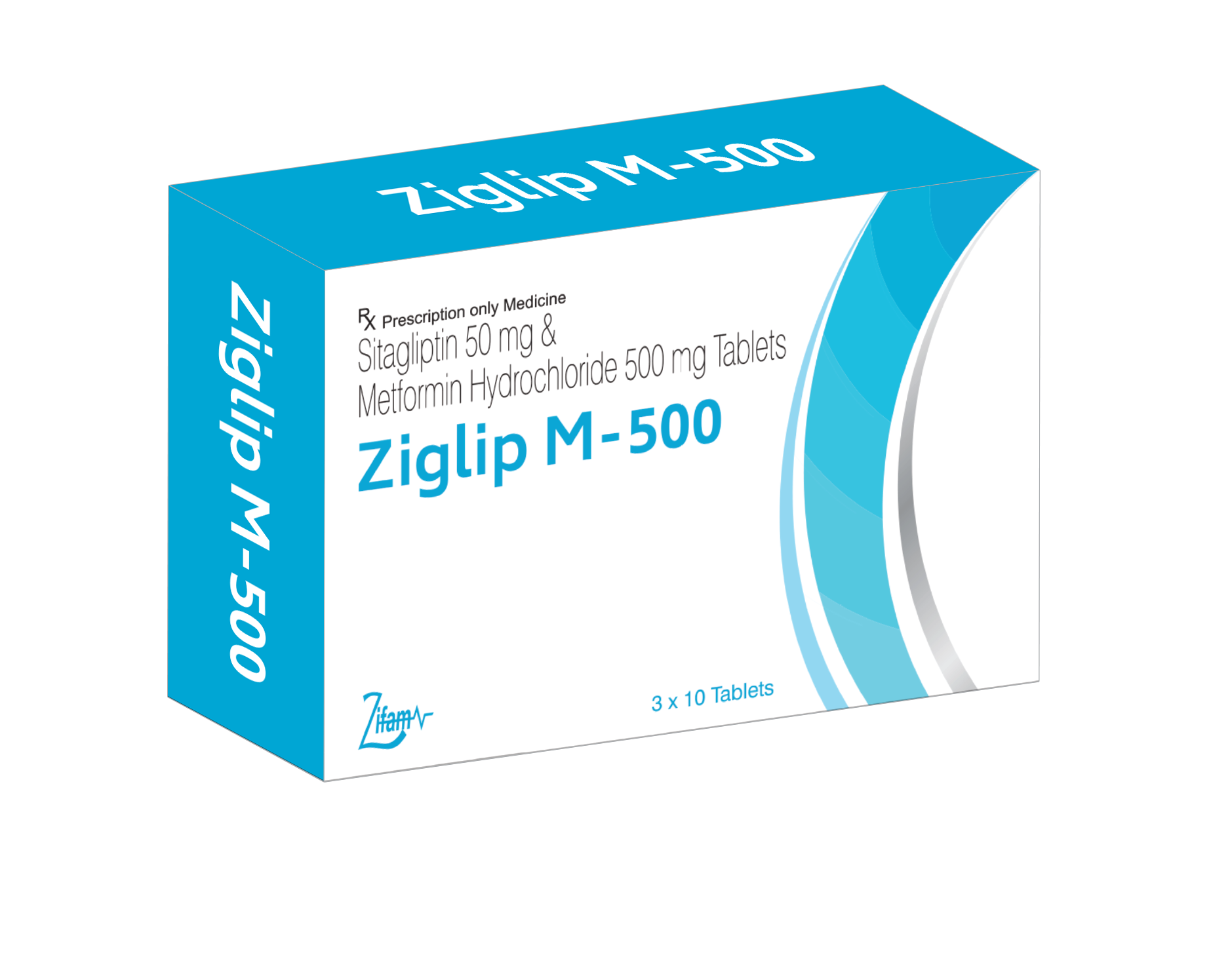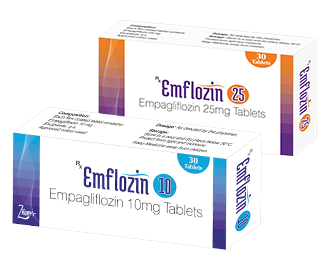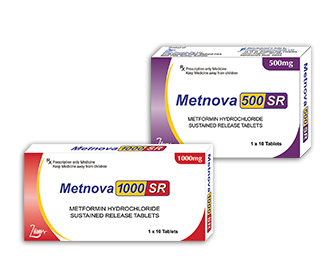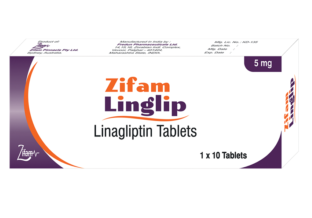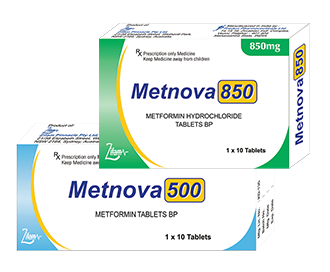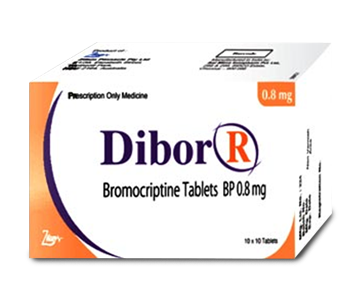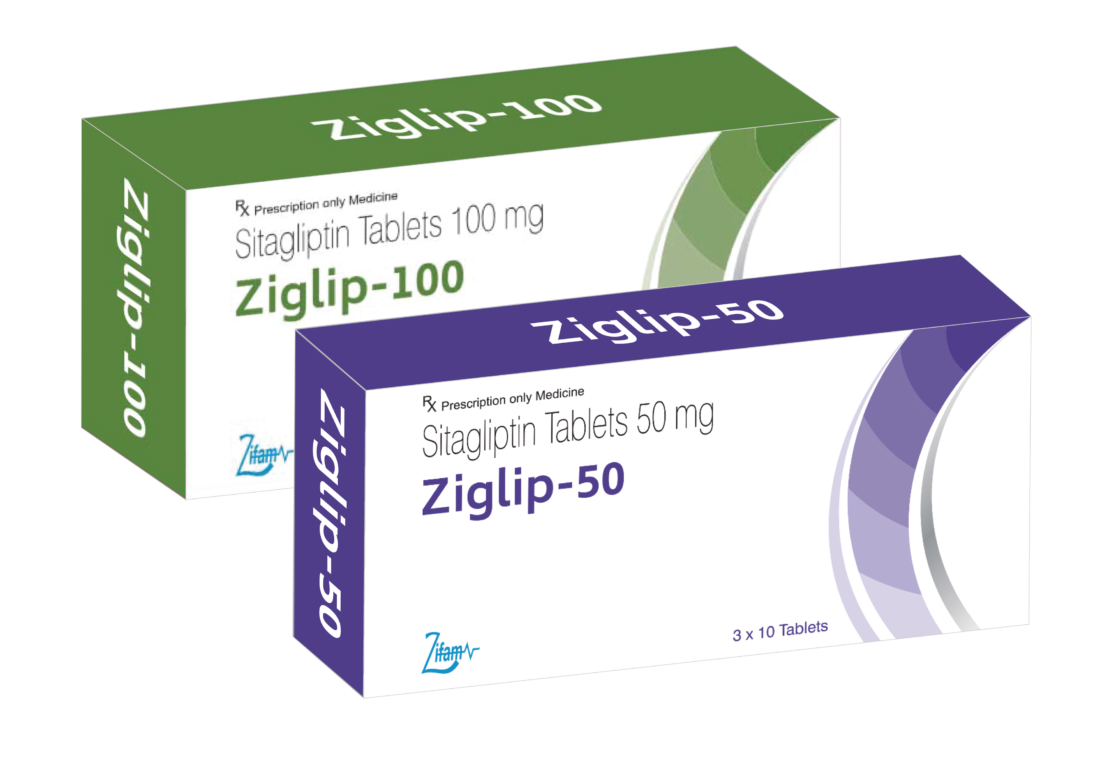Ziglip-M
- ENG
- မြန်မာ
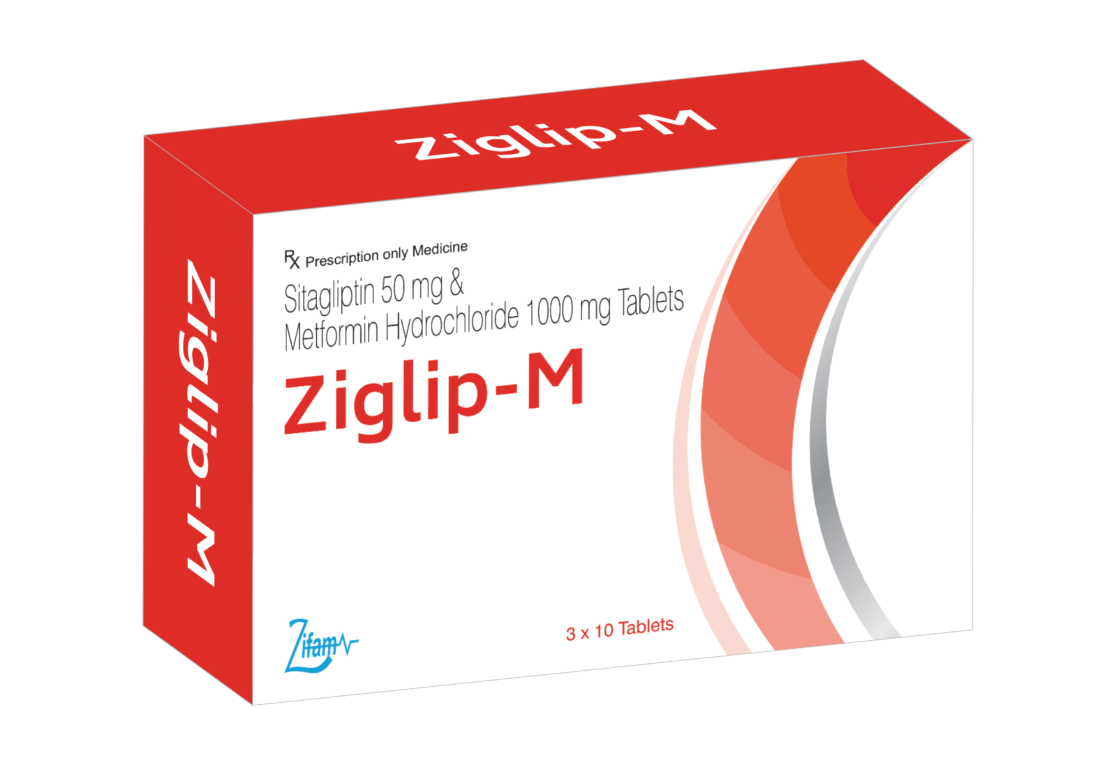
Composition:
For Ziglip M
Each film coated tablet contains:
Metformin Hydrochloride BP…………………………………….1000 mg
Sitagliptin Phosphate Monohydrate…………………………..64.25 mg
Equivalent to Sitagliptin…………………………………………..50 mg
For Ziglip M-500
Each film coated tablet contains:
Metformin Hydrochloride BP…………………………………….500 mg
Sitagliptin Phosphate Monohydrate…………………………..64.25 mg
Equivalent to Sitagliptin…………………………………………..50 mg
Description
Ziglip-M (Sitagliptin 50 mg & Metformin hydrochloride 1000 mg tablets) are white colored, film coated tablets containing two oral antidiabetic medications used in the management of type 2 diabetes: Sitagliptin
Sitagliptin is an orally-active inhibitor of the dipeptidyl peptidase-4 (DPP-4) enzyme. Sitagliptin phosphate monohydrate drug subatance is used to manufacture Ziglip-M. Sitagliptin phosphate monohydrate is a white to off-white, crystalline, non-hygroscopic powder. It is soluble in water and N, N-dimethyl formamide; slightly soluble in methanol; very slightly soluble in ethanol, acetone, and acetonitrile; and insoluble in isopropanol and isopropyl acetate.
Metformin hydrochloride
Metformin hydrochloride (N, N-dimethylimidodicarbonimidic diamide hydrochloride) is a white to offwhite crystalline compound. Metformin hydrochloride is freely soluble in water and is practically insoluble in acetone, ether, and chloroform. The pKa of metformin is 12.4. The pH of a 1% aqueous solution of metformin hydrochloride is 6.68.
Indications and usage
- Ziglip-M is indicated as an adjunct to diet and exercise to improve glycemic control in adults with type 2 diabetes mellitus when treatment with both sitagliptin and metformin is appropriate.
- Importance Limitations of Use
- Ziglip-M should not be used in patients with type 1 diabetes mellitus of for the treatment of diabetic ketoacidosis.
Dosage and administration
Recommended Dosing
The dose of Ziglip-M should be individualized on the basis of the patients current regimen, effectiveness, and tolerability while not exceeding the maximum recommended daily dose of 100 mg sitagliptin and 2000 mg metformin. Initial combination therapy or maintenance of combination terapy should be individualized and left to the discretion of the healthcare provider.
In patients not currently treated with metformin, the rrecommended total daily starting dose of Ziglip-M is 50 mg sitagliptin and 1000 mg metformin hydrochloride.
Ziglip-M should be administered with food to reduce the gastrointestinal side effects associated with the metformin component. Ziglip-M should be swallowed whole. The tablets must not be split, crushed, or chewed before swallowing.
The 50 mg sitagliptin/1000 mg metformin hydrochloride tablet should be taken as a single tablet once daily.
Contraindications
Sitagliptin with Metformin is contraindicated in patients with:
Renal impairment (e.g, serum creatinine levels freater than or equal to 1.5 mg/dl for men, greater than or equal to 1.4 mg/dl for women or abnormal creatinine), which may also result from conditions such as cardiovascular collapse (shock), acute myocardial infarction, and septicemia.
Hypersensitivity to metformin hydrochloride.
Acute or chronic metabolic acidosis, including diabetic ketoacidosis. Diabetic ketoacidosis should be treated with insulin.
History of a serious hypersensitivity reaction to Sitagliptin with Metformin, such as anaphylaxis or angioedema.
Mechanism of Action
Sitagliptin with Metformin tablets combine two antidiabetic medications with complementary mechanisms of action to improve glycemic control in adults with type 2 ciabetes: sitagliptin, a dipeptidyl peptidase-4 (DPP-4) inhibitor, and metformin hydrochloride extended-release, a member of the biguanide class.
Sitagliptin
Sitagliptin is a DPP-4 inhiitor, which exerts its actions in patients with type 2 diabetes by slowing the inactivation of incretin hormones. Concentrations of the active intact hormones are increased by sitagliptin, thereby increasing and prolonging the action of these hormones. Incretin hormones, including glucagon-like peptide-1 (GLP-1) and glucose-dependent insulinotropic polypeptide (GIP), are released by the intestine throughout the day, and levels are increased in response to a meal. These hormones are rapidly inactivated by the enzyme DPP-4, The incretins are part of an endogenous system involved in the physiologic regulation of glucose homeostasis. When blood glucose concentrations are normal or elevated, GLP-1 and GIP increase insulin synthesis and release from pancreatic beta cells by intracellular signaling pathways involving cyclic AMP. GLP-1 also lowers glucagon secretion from pancreatic alpha cells, leading to reduced hepatic glucose production, By increasing and prolonging active incretin levels, sitagliptin increases insulin release and decreases glucagon levels in the circulation in a glucose dependent manner.
Metformin hydrochloride
Metformin is a biguanide that improves glycemic control in patients with type 2 diabetes, lowering both basal and postprandial plasma glucose. Metformin decreases hepatic glucose production, decreases intestinal absorption of glucose, and improves insulin sensitivity by increasing peripheral glucose uptake and utilization. Metformin does not produce hypoglycemia in either patients with type 2 diabetes or healthy subjects except in certain circumstances and does not cause hyperinsulinemia. With metformin therapy, insulin secretion remains unchanged while fasting insulin levels and day-long plasma insulin response may actually decrease.






